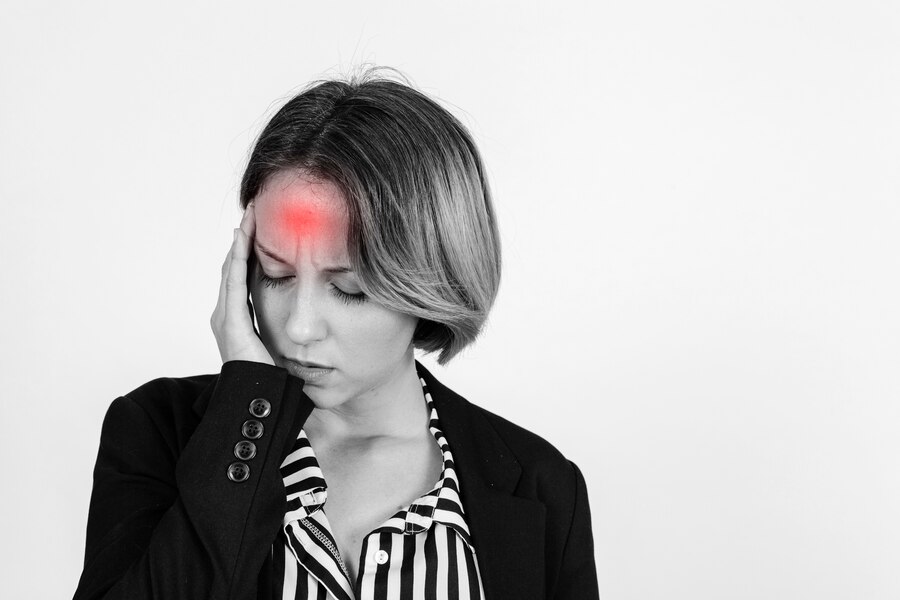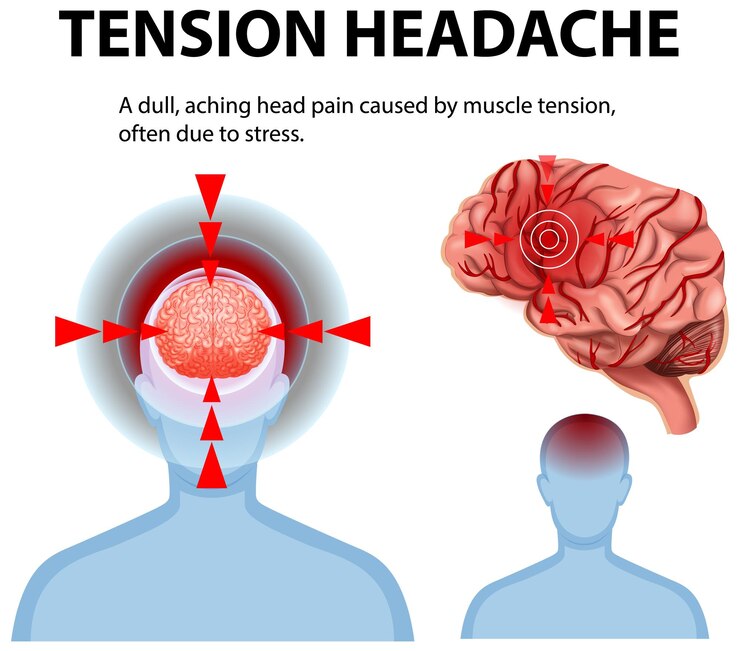Table of contents
Headaches are one of the most common health complaints, affecting millions of people worldwide every day. Whether it’s a dull, lingering ache or a sharp, throbbing pain, headaches can interrupt your routine and reduce productivity. As people look for more natural alternatives to over-the-counter medications, CBD for headaches has gained significant popularity.
In this article, we’ll explore the most effective ways to use CBD for headache relief, how it works in the body, what science says, and helpful tips to get the most out of your CBD regimen.
Why Consider CBD for Headaches?

Cannabidiol (CBD), a compound derived from hemp, has anti-inflammatory, analgesic, and calming properties. Unlike THC, it doesn’t get you high, making it a safe and accessible option for many.
CBD interacts with the body’s endocannabinoid system (ECS), which regulates functions like pain, sleep, stress, and immune response. For people suffering from tension headaches, migraines, or even cluster headaches, CBD may offer a natural and effective alternative for relief.
Best Methods to Use CBD for Headaches

1. CBD Oil (Tinctures) – Fast Absorption
Using CBD oil sublingually (under the tongue) allows for faster absorption into the bloodstream. This method is ideal if you feel a headache coming on and want to prevent it from intensifying.
How to use: Place a few drops under your tongue and hold for 30–60 seconds before swallowing. Onset time: 15–45 minutes.
2. CBD Capsules – Long-Term Support
Capsules are great for daily use to reduce the frequency of headaches over time. They deliver a consistent dose and are easy to incorporate into your wellness routine.
How to use: Take one capsule daily or as recommended. Onset time: 1–2 hours.
3. CBD Topicals – Targeted Relief
If your headache is triggered by tension in the neck, shoulders, or temples, a CBD balm or roll-on can help soothe the area. Many topicals include essential oils like peppermint or eucalyptus for added cooling effects.
How to use: Gently massage into affected areas for localized relief.
4. CBD Vapes – Rapid Onset
Inhaling CBD provides one of the quickest effects. This method is particularly helpful for migraines that start suddenly and need fast intervention.
How to use: Take a few small puffs and wait to assess how you feel before taking more. Onset time: 5–15 minutes.
5. CBD Edibles – Tasty and Convenient
CBD gummies and snacks are easy to carry and perfect for people who dislike the taste of oils. Though slower-acting, they’re excellent for sustained relief throughout the day.
How to use: Consume one gummy as needed. Onset time: 1–2 hours.
Tips for Choosing the Right CBD Product

- Look for full-spectrum or broad-spectrum CBD for better effectiveness.
- Always choose lab-tested products to ensure safety and potency.
- Start with a low dose, especially if you’re new to CBD.
- Track your headache patterns and CBD usage in a journal to monitor progress.
FAQs about CBD for Headaches
CBD may help reduce symptoms of migraines, tension headaches, and cluster headaches, but results vary by individual.
Start with 10–25 mg and increase slowly until you find relief. Consult a healthcare provider for personalized advice.
Yes, CBD is generally safe for daily use and may be more effective when taken regularly.
In many cases, yes, but always check with a doctor to avoid potential interactions.
Some users experience relief within minutes (vapes, tinctures), while others see gradual improvements over days or weeks with consistent use.
Final Thoughts
CBD has become a promising natural remedy for those seeking relief from headaches without the side effects of traditional painkillers. Whether you’re dealing with occasional tension or chronic migraines, exploring CBD for headaches could lead you to a safer, more holistic solution.
Start with a quality product, use it consistently, and give your body time to adjust. Always consult a healthcare professional if you’re unsure, and listen to what works best for you.





